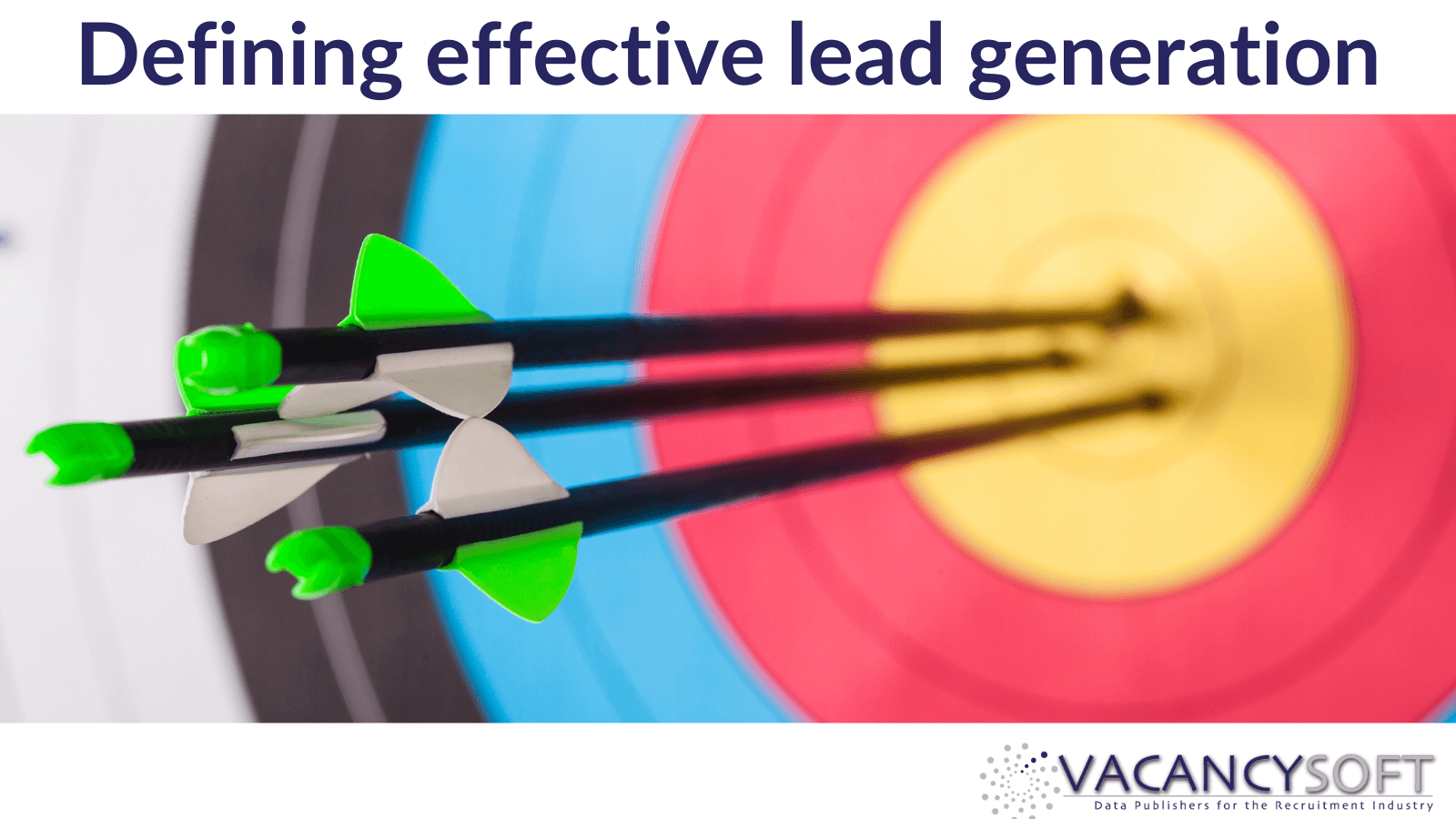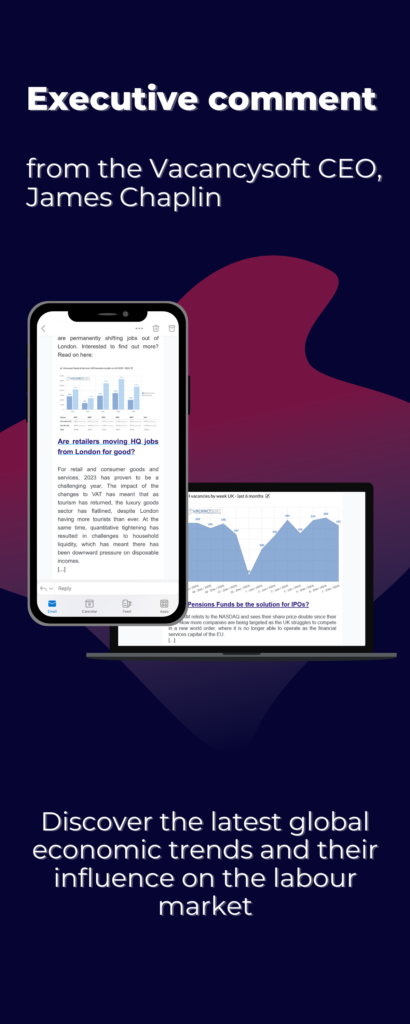Defining effective lead generation

For many
Yet being effective at lead generation can be the difference between your portfolio of clients growing and it shrinking over time. A fully comprehensive commercial strategy needs to incorporate the full business development mix, from networking or referrals on one side to e-marketing and cold calling on the other, to ensure you systematically build your network and increase billings.
To be effective there are three things to consider:
What proportion of my time am I allocating to lead generation activities?
This will really depend on your role within your business. As a junior consultant, you may be expected to be spending 50% of your time on generating leads. As a business owner, you may struggle to allocate more than 10%. However, whatever time you have put aside, don’t try to ‘fit it in’. Diarise and schedule it. For example, if you only have two hours a week to generate leads, treat those two hours like a client meeting, so block book the time and let the people around you know that you are not to be disturbed.
Can I improve the internal lead generation process?
The start point when considering this is analysing what processes you have set up at the moment. Firstly, is e-marketing in place? When done correctly that has been proven to be the cheapest and most effective way to generate
What this means is that you need to analyse how you are capturing contact information. How do you expand your contacts lists? When people move
With regard to your e-shots, how effective are they? What open rates & response rates are you generating? If you aren’t tracking those, how can you fine-tune the message in your e-shots without being able to understand what message is resonating? How much text is there when you send an e-shot out? Is it text or HTML? How often are you alternating your promotions on your e-shots? Are you just sending the same tired text every time? Who writes the copy for your e-shots? Could a professional copy writer justify their fee through a better response rate?
For your cold calls, what percentage are effective? How often do you get through to the person you want? What do you do to get past gatekeepers? What time do you schedule calls for? (For example, calling mid-morning, when prospects are most likely to be in meetings, is not going to be as effective as another time.) How often do you get shut down by a potential client before you even get a chance to pitch? Could professional sales training help you here?
And finally, how do you track your KPIs?
What tools should I be using to make myself more efficient?
Given that effective lead generation starts with e-marketing, invest in a tool that enables you to determine who is opening your e-mails and what they are clicking on. Straight away you will be able to clean up your bounce lists and identify which people are likely to be the most interested, on the basis of when they have opened the email multiple times, clicked on hyperlinks, forwarded it on, etc. You can immediately take a larger list and focus it on the 5% that actively engaged the most.
For the bounces, LinkedIn is your best friend in determining where people have moved to. Whilst it may not be comprehensive, it will provide a good start point to help you see who is moving where. From there use tools to enable you to build your email list and deploy every trick possible. Use tools such as
Finally, remember timing is everything. While you might have someone who is actively engaging with you, they could be nothing but a dead-end right now if they have no hiring plans. Therefore, to make your lead generation truly effective use a tool that will notify you when prospects are hiring, so you can contact them when they have a clear need for your services.
At Vacancysoft, we have been offering lead generation solutions for more than ten years and have clients in the recruitment industry from the largest PLCs to the specialist boutiques. We have built up an extensive understanding of how to provide information in a way that means you can monetise it fast. For more information about how we can help you with lead generation, please contact us.


